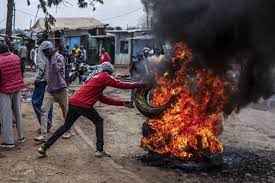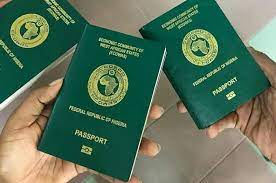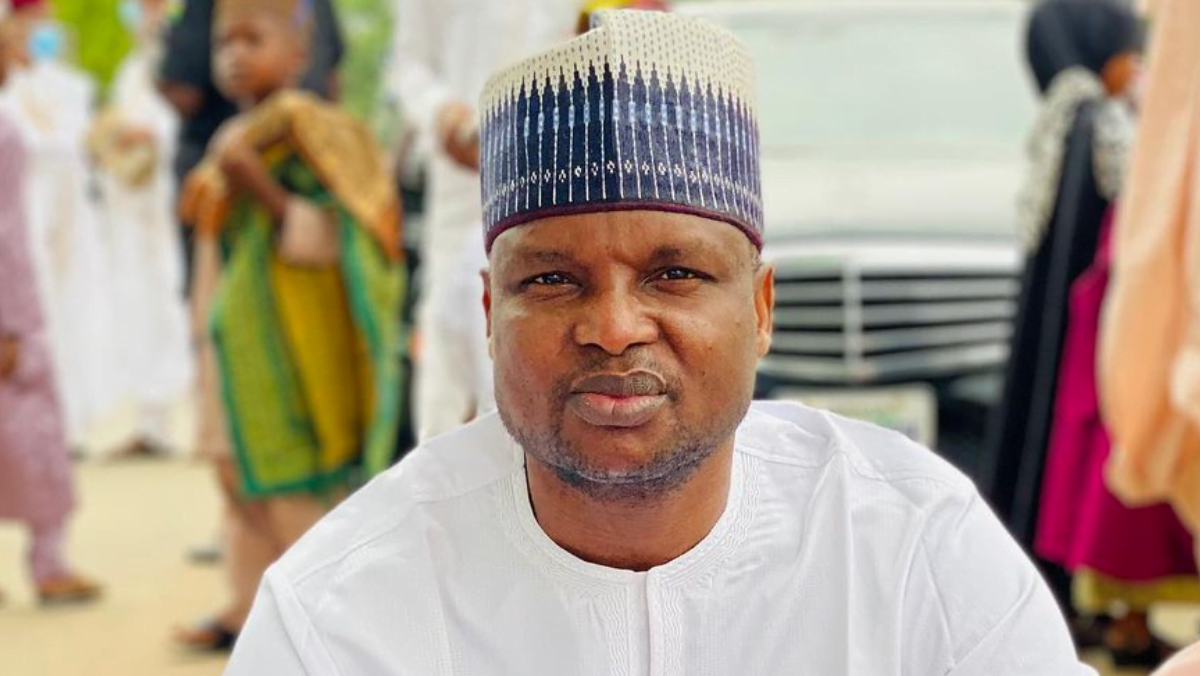
The tense political landscape in Kenya has been further aggravated by widespread protests over the rising cost of living, a situation that has seen an alarming escalation in violence and loss of life. On Wednesday, the streets filled with Kenyan protests turned into arenas of unrest, with at least seven people reportedly killed in different regions of the country.
The fatal confrontations occurred in Mlolongo, Kitengela, Emali, and Sondu, as confirmed by a senior police officer. An additional dozen people, including police officers, were injured during the demonstrations called upon by the Opposition leader, Raila Odinga.
The epicenters of the protests, which stretched across the nation, were in Nairobi, Machakos, Kajiado, Kisumu, Kisii, and Nyamira counties. Despite the ban on protests issued by police headquarters a day prior, citizens continued to gather and voice their frustrations over the economic state of the country.
The Kenya National Commission of Human Rights (KNCHR) has spoken out in condemnation of the police’s alleged excessive use of force during these protests. Roseline Odede, KNCHR’s Chairperson, lamented the return of a “police state” that brutally cracks down on Kenyans peacefully exercising their constitutional rights to assemble and express their dissatisfaction with the economic conditions.
Last week, six people were reported dead in Kisumu, Kisii, and Migori following similar protests. These deaths stirred outrage among the Kenyan public and were met with criticism from the KNCHR. Despite the human rights body’s estimate of seven deaths, the Interior Ministry confirmed only six fatalities.
In the heat of the protest, Raila Odinga had to cancel a planned rally in Kamukunji-Nairobi due to police intervention. Authorities used tear gas and live bullets to disperse the gathered crowd anticipating an address from the Azimio leader.
In response to this escalation, Odede pointed out that the police’s recent actions in managing public assemblies and demonstrations, which include the use of firearms and tear gas, amount to a total disregard for the National Police Service Standing Orders and police code of conduct. She called for these actions to be legally investigated by relevant oversight bodies.
While Odinga claimed that many people had been shot and others arrested during the Kenyan protests, independent verification of these claims was not immediately available. Nevertheless, Odinga has declared his determination to continue mobilizing protests. His focus is on forcing President William Ruto to retract the Finance Act, which includes controversial tax hikes that have ignited public anger.
In a confrontational statement, Odinga said, “There is no moving on until Ruto comes out loud and clear on the need to have a bipartisan reconstitution of IEBC until he commits to respects and stops interfering with other political parties.”
President Ruto, on the other hand, remains resolute in his stance, accusing Odinga of inciting Kenyans. Meanwhile, the implementation of the Finance Act remains suspended pending the hearing and determination of a case filed by Busia Senator Okiya Omtatah.
The current state of Kenyan protests, fueled by economic grievances and political tension, underscores the urgency of resolving the underlying issues that have brought protesters to the streets. The rising death toll and reports of police brutality only add more complexity to this already challenging situation. For a peaceful resolution to be reached, both the government and opposition parties will need to engage in constructive dialogue to address the public’s concerns.















